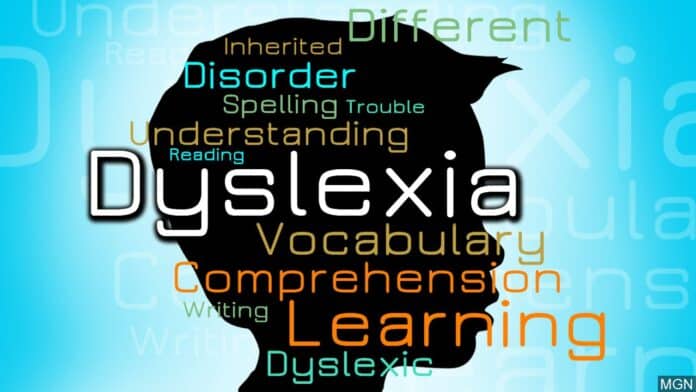The Texas Education Agency has announced a statewide reading initiative for bilingual students with dyslexia based on pioneering work by Elsa Cardenas Hagan, director of the Valley Speech and and Language Center in Brownsville.
TEA announced that the Esperanza dyslexia program will be supported by the AmplioSpeech intensive digital intervention platform to better serve bilingual students across Texas. Esperanza is the only Orton-Gilligham program in the world for Spanish-speaking students with dyslexia, Cardenas Hagan said.
TEA is offering Amplio’s digital intervention platform with the Esperanza curriculum to all 1,029 school districts at no cost. Earlier this year, Amplio and TEA launched an English-language dyslexia digital intervention platform utilizing the Multisensory Teaching Approach (MTA), developed by Margaret Taylor Smith, which is also available to all Texas school districts at no cost. Esperanza is the first Spanish-language dyslexia curriculum of its kind.
Cardenas Hagan, who holds a doctoral degree in education and is a Brownsville native, developed Esperanza. When the global pandemic caused schools to close, TEA wanted to ensure that Texas’ students with reading difficulties such as dyslexia would have access to high quality interventions. Cardenas Hagan wanted to help the schools and educators who reached out to her for assistance meet the literacy needs of bilingual students. This past school year the pilot study for the online platform was conducted and the positive results have set the stage for Texas to be the first state to launch the innovative program.
Cardenas-Hagan said Texas schools will have greater access to high-quality interventions. The AmplioSpeech digital platform uses artificial intelligence and natural language processing to provide instantaneous daily data, which can further enhance instruction. Bilingual dyslexia specialists are empowered to use the critical data to support instruction and monitor each student’s progress. The program is free through TEA, she said.
“ It really is a dream come true,” she said in an email, adding that Esperanza’s roots began in Brownsville ISD at Cromack Elementary School in 1996. The first teacher to implement Esperanza was Clara DeLeon. Once the development study demonstrated positive outcomes, a reading initiative known as Brownsville Reads, began to support the literacy development of every child in kindergarten through third grade. By 2013, Brownsville ISD announced it had provided certified dyslexia specialists at every campus due to the support of grants by the Brownsville Foundation for Health and Education and a grant that former First Lady Barbara Bush awarded to Cardenas Hagan.
Now all Texas schools will have access to Esperanza. What started as a local initiative in Brownsville, will now serve the entire state. Esperanza has expanded its reach to other Spanish speaking countries and school districts in the United States. However, the AmplioSpeech Spanish dyslexia platform of Esperanza is currently only available in Texas, Cardenas Hagan said. For more information school districts can enroll at TEA.
“ The excitement is that what began in Brownsville is now a model for the state. Brownsville Reads was the model for the Texas Reading Initiative, which still continues today. Now, Brownsville is known in the state for its excellent commitment to dyslexia. Any child with dyslexia will get the most excellent interventions in any BISD school. This is an initiative that I have dedicated my life to. After 25 years, it is a reality for the rest of Texas.”
In a telephone interview, Cardenas Hagan said she wants to make sure “every school counselor considers this opportunity for dyslexic services among students who speak Spanish as their native language. The good news for Brownsville is that in 2011 BISD dedicated itself to having high quality dyslexic specialists at every campus. This new program helps them be more efficient and monitor the student’s progress and provide the administration with data to ensure that every student achieves literacy.”
She said the program also allows Spanish-speaking parents to monitor a dyslexic child’s progress via computer.
Statistically there are 225,000 students in Texas identified with dyslexia. The incidence of dyslexia is 5-15% of the population, she said.





